Collection: Fon
The Fon people are an ethnic group that primarily inhabits the southern part of Benin, West Africa.
With a rich cultural heritage and a complex social structure, the Fon people are known to have a deep connection to the spiritual world, and their religious beliefs are centered around a pantheon of deities, with each deity representing a different aspect of the natural world.
One of the most distinctive forms of Fon art is bronze sculpture. Fon bronze sculptures are often small in size and highly detailed, featuring intricate designs and symbolic representations of the Fon pantheon of gods and goddesses. These sculptures are used in religious and ritualistic ceremonies and are highly valued for their spiritual significance and aesthetic beauty.
Two categories of Fon objects can be distinguished. The first includes royal paraphernalia such as king figures, commemorative iron staffs, called Asen, small metal emblematic figures and scepters decorated with a zoomorphic blade.The second category of objects is called Bocio and relates to the Vodun or magical ceremonies undertaken to contact the spirit world and trap harmful forces. The word Vodun is derived from the Yoruba language and also refers to the Fon gods. The Bocio are wooden figures made by blacksmiths under the order of a Fa diviner. They are usually set on a peg and covered with magical substances to the extent that the figure may be hidden. These substances are made of blood, palm oil, beer and animal parts and are believed to give power to the Bocio.
Source: Baquart, Jean-Baptiste. The Tribal Arts of Africa. New York: Thames and Hudson Inc. 1998. Print.
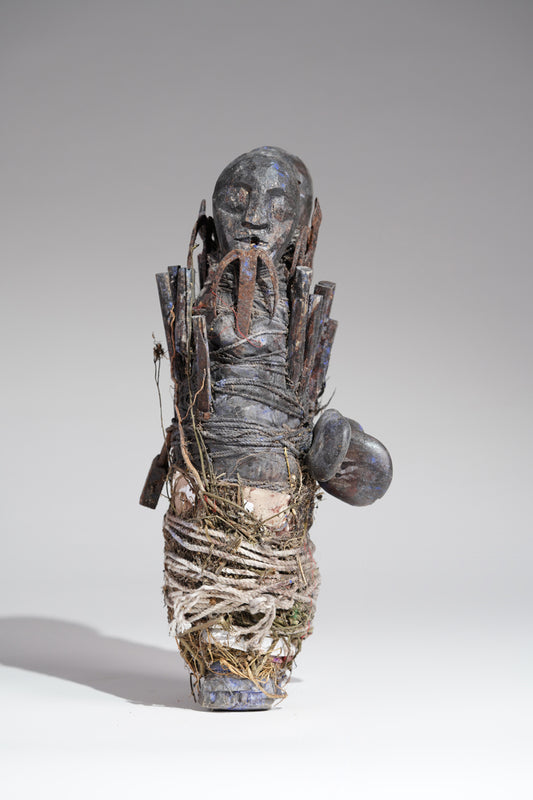
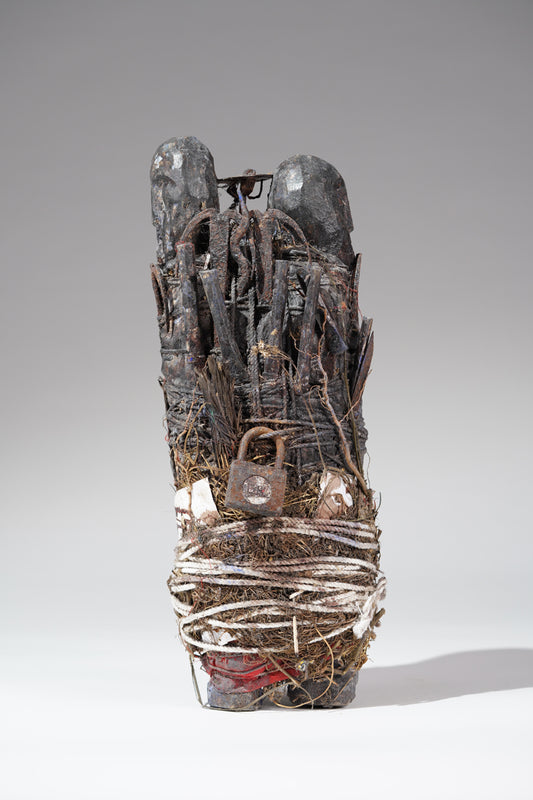 Out of stock
Out of stock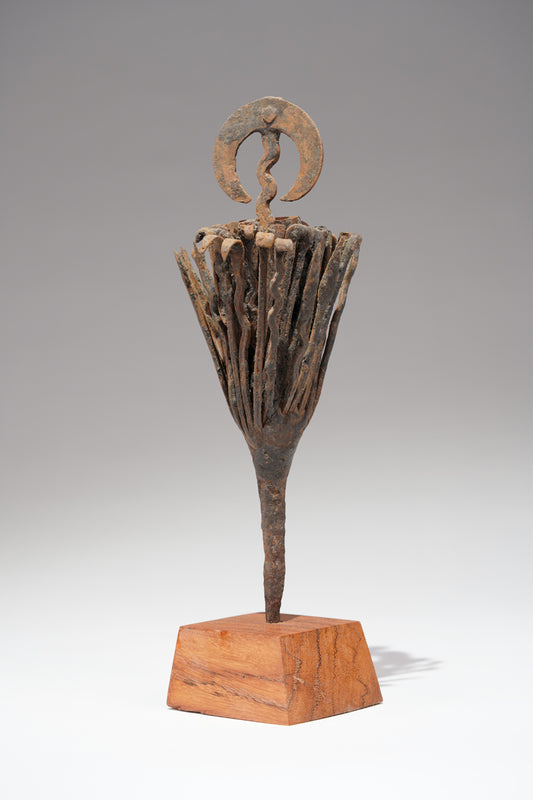
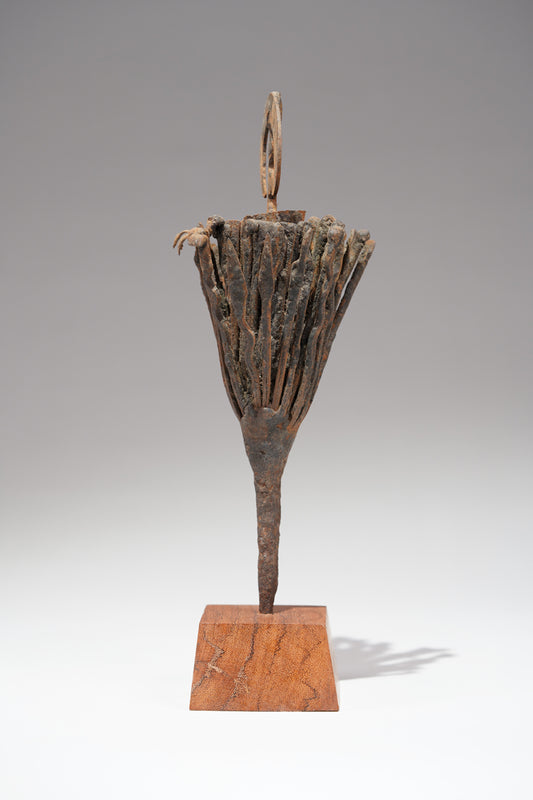 Out of stock
Out of stock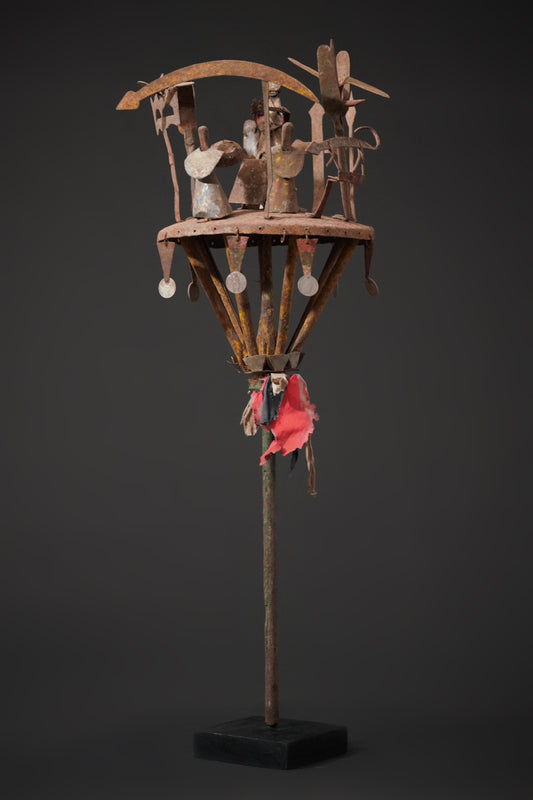
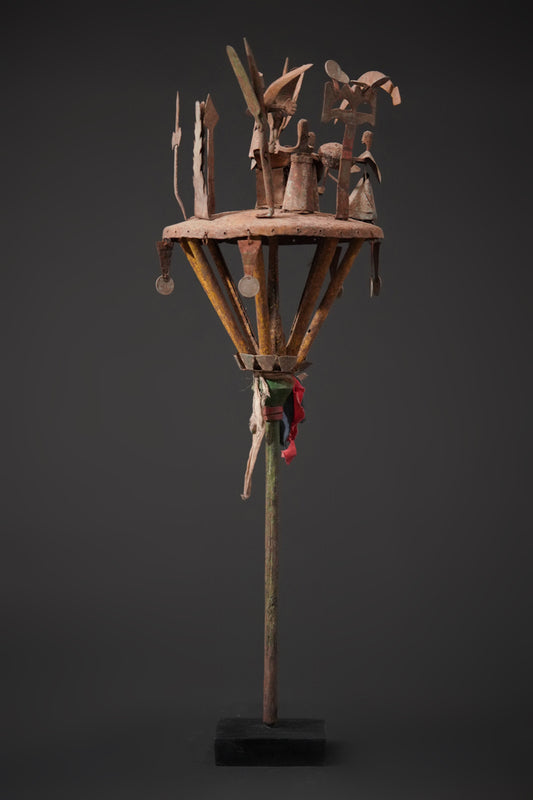 Out of stock
Out of stock





